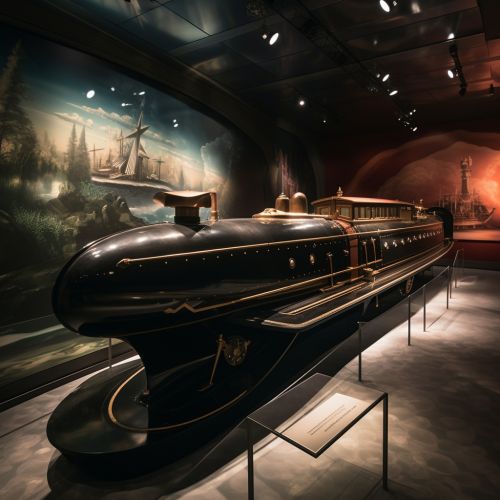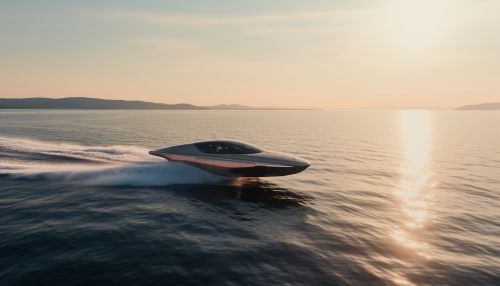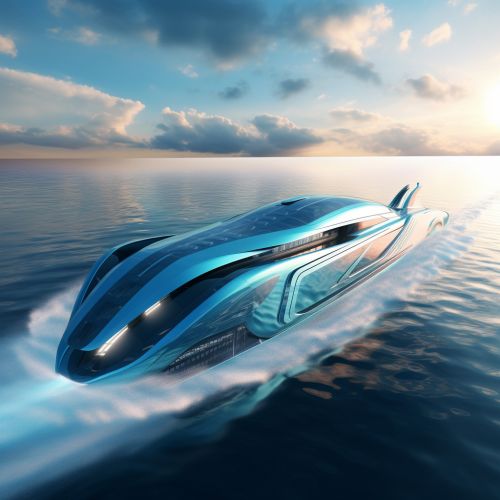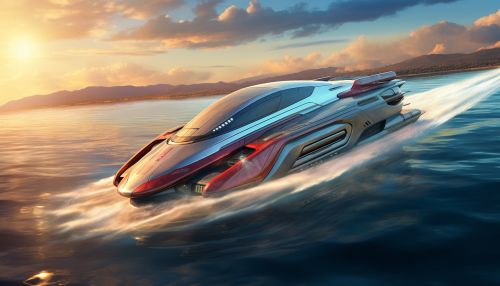High-Speed Maritime Transport
Introduction
High-speed maritime transport refers to the use of fast ferries, hydrofoils, hovercrafts, and other high-speed craft (HSC) to transport passengers and goods across bodies of water. This form of transport has revolutionized the maritime industry, offering faster travel times, increased efficiency, and a more environmentally friendly alternative to traditional shipping methods.
History and Development
The concept of high-speed maritime transport is not new. The first recorded instance of a high-speed vessel was the SS Turbinia, which was launched in 1894. This steam turbine-powered ship was capable of reaching speeds of up to 34.5 knots, a remarkable feat for the time. However, it wasn't until the mid-20th century that the development of high-speed maritime transport truly began to take off.


In the 1950s and 1960s, the advent of hydrofoils and hovercrafts brought about a new era in maritime transport. These vessels, which lift out of the water to reduce drag and increase speed, were initially used for military purposes but soon found commercial applications. The first commercial hydrofoil service was launched in 1952, while the first commercial hovercraft service began operation in 1962.
The 1990s saw the introduction of fast ferries, which are now the most common type of high-speed craft. These vessels, which can reach speeds of up to 50 knots, have revolutionized passenger and freight transport, particularly on short-sea routes.
Types of High-Speed Craft
There are several types of high-speed craft used in maritime transport, each with its own advantages and disadvantages.
Fast Ferries
Fast ferries, also known as high-speed ferries or HSC, are the most common type of high-speed craft. These vessels are typically catamarans or monohulls and are powered by diesel engines or gas turbines. Fast ferries are capable of carrying large numbers of passengers and vehicles, making them ideal for short-sea routes.
Hydrofoils
Hydrofoils are vessels that lift out of the water on foils, or wings, as they gain speed. This reduces drag and allows the vessel to travel at high speeds. Hydrofoils are typically smaller than fast ferries and are used primarily for passenger transport.


Hovercrafts
Hovercrafts are vessels that hover above the water on a cushion of air, allowing them to travel at high speeds. Hovercrafts are capable of traveling over land and water, making them versatile but also more complex and expensive to operate.


Advantages and Disadvantages
High-speed maritime transport offers several advantages over traditional shipping methods. These include faster travel times, increased efficiency, and reduced environmental impact. However, there are also disadvantages to consider, such as higher operating costs, increased noise and wake disturbance, and the need for specialized infrastructure.
Future Developments
The future of high-speed maritime transport looks promising, with several new technologies and innovations on the horizon. These include the development of electric and hybrid propulsion systems, the use of advanced materials to reduce weight and increase efficiency, and the integration of autonomous systems to improve safety and reliability.


